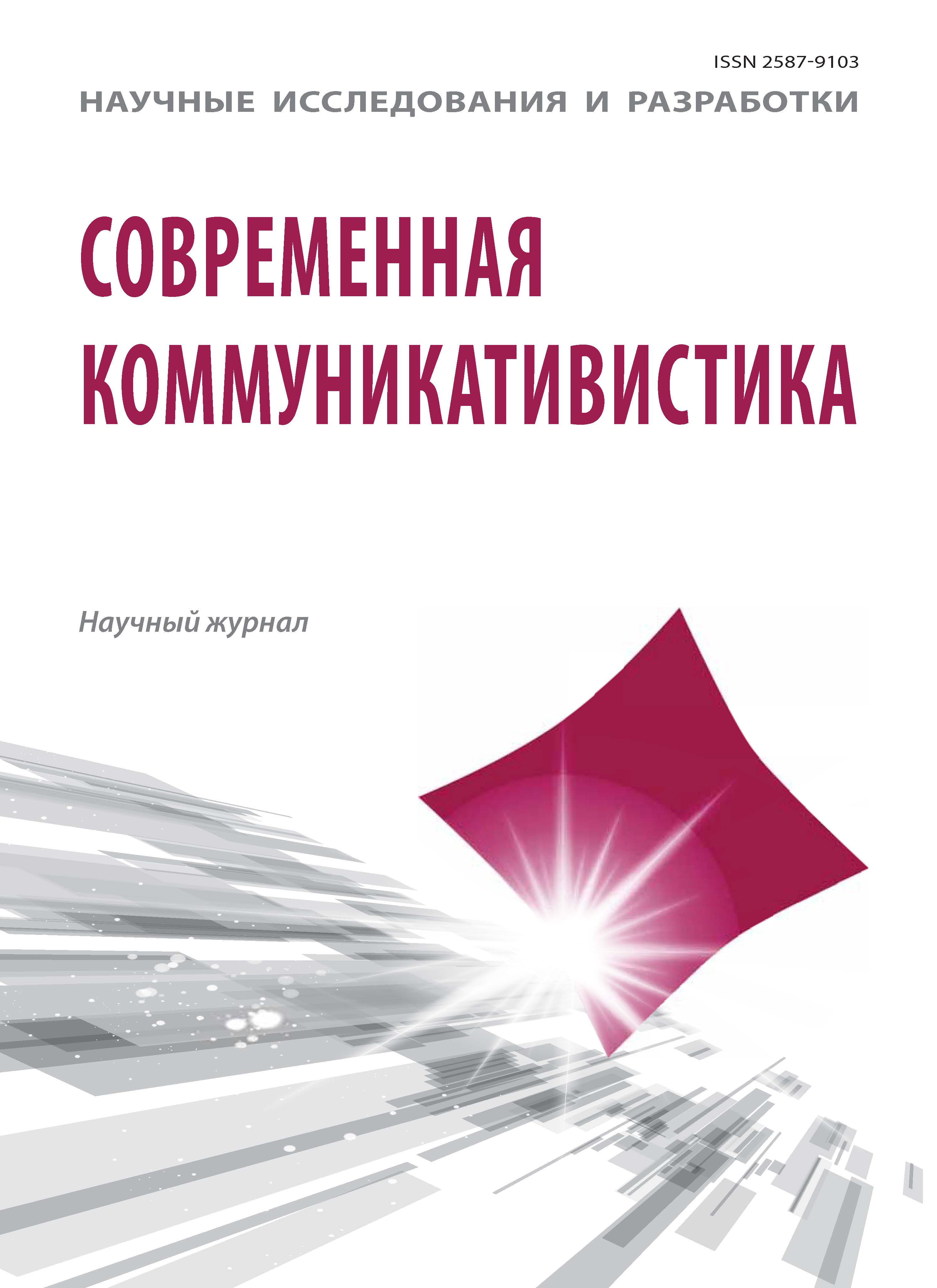Moskva, Moscow, Russian Federation
Moskva, Moscow, Russian Federation
The issues of translation are in the focus of attention of translation theorists and linguists, for whom the linguistic approach has been dominant for decades. Translation theory and practice are noted for numerous theories and models that have been developed to explain the complex process of switching from one language to another. This article discusses the interpretative model of translation, which excludes the concept of “untranslatability”, put forward by Von Humboldt in the 19th century, which some scholars accepted in the 20th century as well. Translation is a multidimensional and multifaceted process, the mechanisms of which are in the focus of the representatives of different academic disciplines. In place of the linguistic approach, which was dominant for a long time, recently new theories, approaches and models have emerged; among them the interpretative model is considered to be one of the most cogent.
translation, linguistic approach, interpretation model, theory of untranslatability, students’ qualification works
1. Vlakhov S., Florin S. Neperevodimoe v perevode [Untranslatable in translation.]. M.: Vysshaya shkola, 1986. - 384 s.
2. Humboldt F. von. O sravnitel`nom izuchenii yazy`kov primenitel`no k razlichny`m e`poxam razvitiya [On the comparative study of languages in relation to different epochs of development] // Zvegincev, V. A. Istoriya yazy`koznaniya XIX i XX vekov v ocherkax i izvlecheniyax. M.: Prosveshhenie, 1960. Ch. 1. C. 72-84.
3. Yerba V.G. Izuchenie yazy`kov i perevod [Language learning and translation] // Yazy`k, poe`tika. Perevod: Sb. nauchny`x trudov. M., 1996. Vy`p. 426. S.66-76.
4. Catford J.C. Lingvisticheskaya teoriya perevoda: ob odnom aspekte prikladnoj lingvistiki [A Linguistic Theory of Translation] ; per. s angl. A. Matveevoj, pod red. V. Xaritonova. Izd. 2-e. M.: LIBROKOM, 2009. - 208 s.
5. Minyar-Belorouchev R.K. Teoriya i metody` perevoda [Theory and methods of translation.]. M.: Moskovskij Licej, 1996. - 298 s.
6. Minyar-Beloroucheva A.P., Pokrovskaya M.E. Russko-anglijskie sootvetstviya istoricheskix nazvanij Russkogo gosudarstva s tochki zreniya pereodizacii [Russian-English correspondence of the historical names of the Russian state from the position of the Chronology] // Vestnik Moskovskogo universiteta. Seriya 22. Teoriya perevoda. 2012. № 3. S. 85-95.
7. Minyar-Beloroucheva A.P., Pokrovskaya M.E. Osobennosti perevoda istoricheskix terminov [Features of translation of historical terms] // Vestnik Yuzhno-Ural`skogo gosudarstvennogo universiteta. Seriya: Lingvistika. 2013. Tom 10. № 2. S. 47-53.
8. Minyar-Beloroucheva A.P., Pokrovskaya M.E. Kod kultur v zerkale perevoda [The code of cultures in a translation mirror] // Yazy`k i tekst. 2015. Tom 2. № 4. S. 30-46.
9. Minyar-Beloroucheva A.P., Pokrovskaya M.E. Nekotorye aspekty garmonizacii terminosistem pri perevode dlya povysheniya professional`noj kommunikacii [Harmonizing Russian-English Terminology for better professional communication] // Nauchnye issledovaniya i razrabotki. Sovremennaya kommunikativistika, 2018. Tom 7, № 1. S. 25-30.
10. Revzin I.I., Rozenczvejg V.Yu. Osnovy` obshhego I mashinnogo perevoda. [Fundamentals of general and machine translation] M.: Vysshaya shkola, 1964. - 244 s.
11. Fedorov A.V. Osnovy` obshhej teorii perevoda (lingvisticheskie problemy) [Fundamentals of the general theory of translation (linguistic problems)]. 4-e izd. M.: Vysshya shkola. 1984. - 303 s.
12. Chomsky N. Sintaksicheskie struktury [Syntactic Structures] // Novoe v lingvistike. M., 1962. Vy`p. II. S. 412- 527.
13. Koller W. A. The Concept of Equivalence and the Object of Translation Studies. Target. 1 (2). Volume 7, № 2, 1995, pp. 191-222.
14. Nida E.A., Taber Ch.R. The theory and practice of translation. 2aJ ed. - Leiden: Brill, 1982. - 218 p.
15. Online Etymology Dictionary. URL: https://www.etymonline.com/ (accessed 20.04.2019
16. Vermeer H.J. Translation Today: Old and New Problems // Translation Studies. An Interdiscipline. Vol. 2. Amsterdam Philadelphia, 1992. - 213 p.







